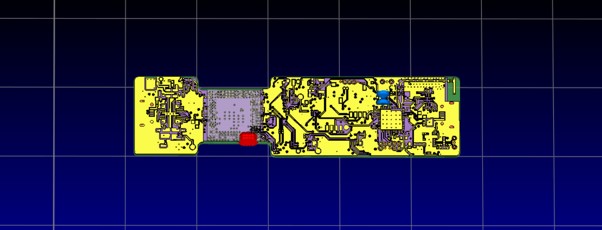

ITAS specializes in delivering top-tier performance in high-frequency RF circuit designs for wireless communication through its ITAS wireless communication service. Designs featuring critical characteristics such as low signal loss, broad bandwidth, and low interference significantly enhance the wireless communication quality. Additionally, integrated antenna designs elevate signal integrity and system coherence. Choosing ITAS's Simulation and Analysis Services provides advantages such as leveraging the latest simulation technologies, crafting bespoke solutions for your projects, and ensuring compliance with industry standards. Contact us to elevate your designs and achieve success.

ITAS employs advanced simulation and analysis methods to achieve optimal performance in wireless communication systems operating at high frequencies. It optimizes RF systems with antenna designs, ensuring efficient data transmission. Simulations model various communication scenarios, guaranteeing the best performance under all conditions.
Preserving data integrity in electronic circuits poses a significant challenge. ITAS reduces signal distortions and optimizes signal lines through signal integrity analysis. This combines reliability and performance, especially in applications requiring high-speed data transmission.
In high-performance electronic designs, the complexity of power distribution networks is a critical factor. ITAS's power integrity analysis enhances the power efficiency of systems by reducing voltage drops and controlling power fluctuations. Identifying potential issues during the design phase saves time and costs.
ITAS employs electromagnetic compatibility (EMC) and electromagnetic interference (EMI) simulations to protect your designs from external influences. These simulations identify and address electromagnetic interference issues, ensuring your products comply with industry standards. This facilitates faster and smoother adoption of your products in the market.
Optimal temperature control is crucial for high-performance electronic systems to ensure longevity and reliability. ITAS's thermal simulations evaluate and optimize your design's thermal performance, preventing overheating issues. This enhances the durability and reliability of your products, leading to customer satisfaction.
ROS (Robot Operating System) is an open-source platform for the development of robot applications. ROS is designed as a framework containing a set of libraries and tools and aims to make it easier to develop, test and run robotics applications. Using radar data within ROS involves sharing distance, speed, and angle data from radar sensors with other modules via ROS messages. This data can then be visualized using simulators such as RViz. Algorithms written in languages such as Python and C++ can be integrated into the system by running as nodes in ROS and can benefit from ROS's communication mechanisms to flow data between these nodes. In this way, it may be possible to quickly create complex software architectures (such as autonomous system algorithms).